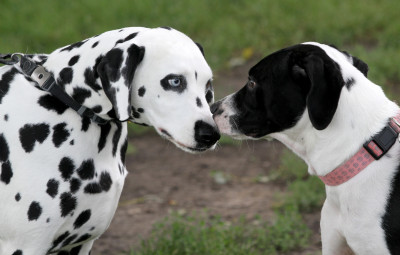Before deciding to get a new dog, I would strongly recommend that you thoroughly review different dog breeds and their respective personality traits. Above all else, you need to select a dog that is a good fit for your family’s needs and lifestyle. For over three decades I’ve been helping people make the right choice when it comes to welcoming a canine buddy to their home. Read on for some friendly tips and tricks!
Preparing your home for the new arrival
Before you bring your new furry friend home, it’s crucial to prepare your living space. Make sure to have separate areas for each dog, complete with their own toys, food bowls, and beds. This not only helps in preventing any territorial disputes, but also makes the transition smoother for both dogs.
How to introduce a new dog to your dog
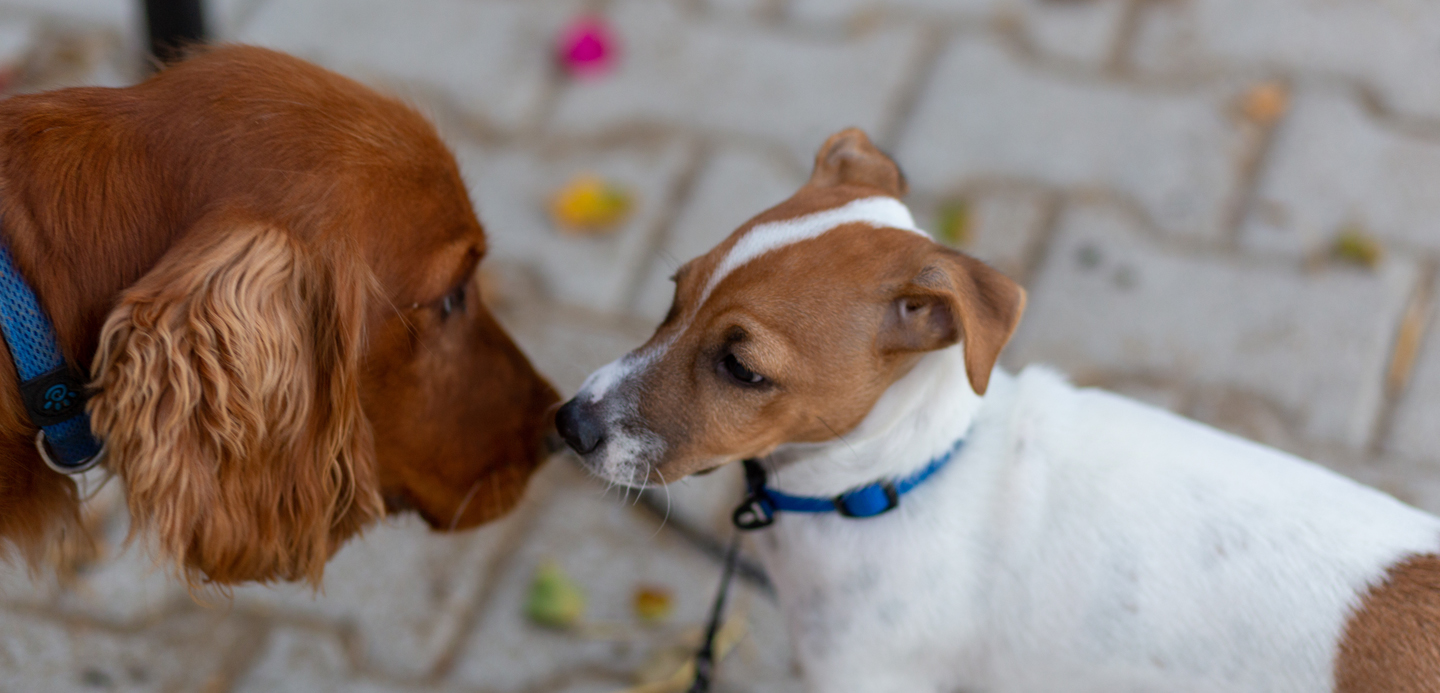
Some breeds will not welcome any new four-legged friends in their home. So be sure to find out if your existing dog falls into that category. Unfortunately, you cannot force a friendship between dogs. It would not be fair to either animal if you were to insist on a pairing that was doomed to fail from the start!
Thankfully, most dogs will welcome a new friend, but much work is often required. Try to have them meet so you can have a feel for how they interact. A dog park is a great place to attempt a gradual introduction. Next, try the following approach:
- Keep them on a leash, so you have control of your dog’s reaction.
- Introduce them very slowly as you don’t want the first interaction to be aggressive.
- Get them to feel and smell each other but keep walking away and come back. Repeat this process a few times and you will have a good idea if they are compatible.
- Once you see that they are enjoying each other’s company, you can let them loose in the park.
Pay very close attention to how your dog reacts: her body language will tell you all you need to know. If you see that they are starting to play with each other, that is definitely a very good start. A sign that a dog is not comfortable or afraid is when the hair on their back stands up. This is a natural reaction when one dog is afraid of another.
Understanding canine psychology
Understanding the psychology of dogs can be a game-changer when introducing a new member to the pack. Dogs have their own way of communicating, and it’s essential to be aware of signs that indicate stress, discomfort, or aggression. This will help you intervene at the right time, ensuring the safety and well-being of both dogs.
Bringing a new dog to your home
To introduce your new dog to your home, he should be the first to come into the house. Have a family member take your existing dog out for a walk while you bring the new dog in. Let him smell and get a sense of his new surroundings. After 30 minutes have your dog come back home and meet the new dog inside. This strategy should help him to not see the new dog as a threat. Reintroduce them slowly and closely supervise their reaction. If all goes well, you can let both dogs loose in the house.
The role of neutral locations
The first meeting between your existing dog and the new one should ideally take place in a neutral location. This could be a park or any open area where neither dog feels territorial. A neutral setting allows both dogs to focus on each other, rather than defending their space, making the introduction more successful.
Importance of crate training from the outset
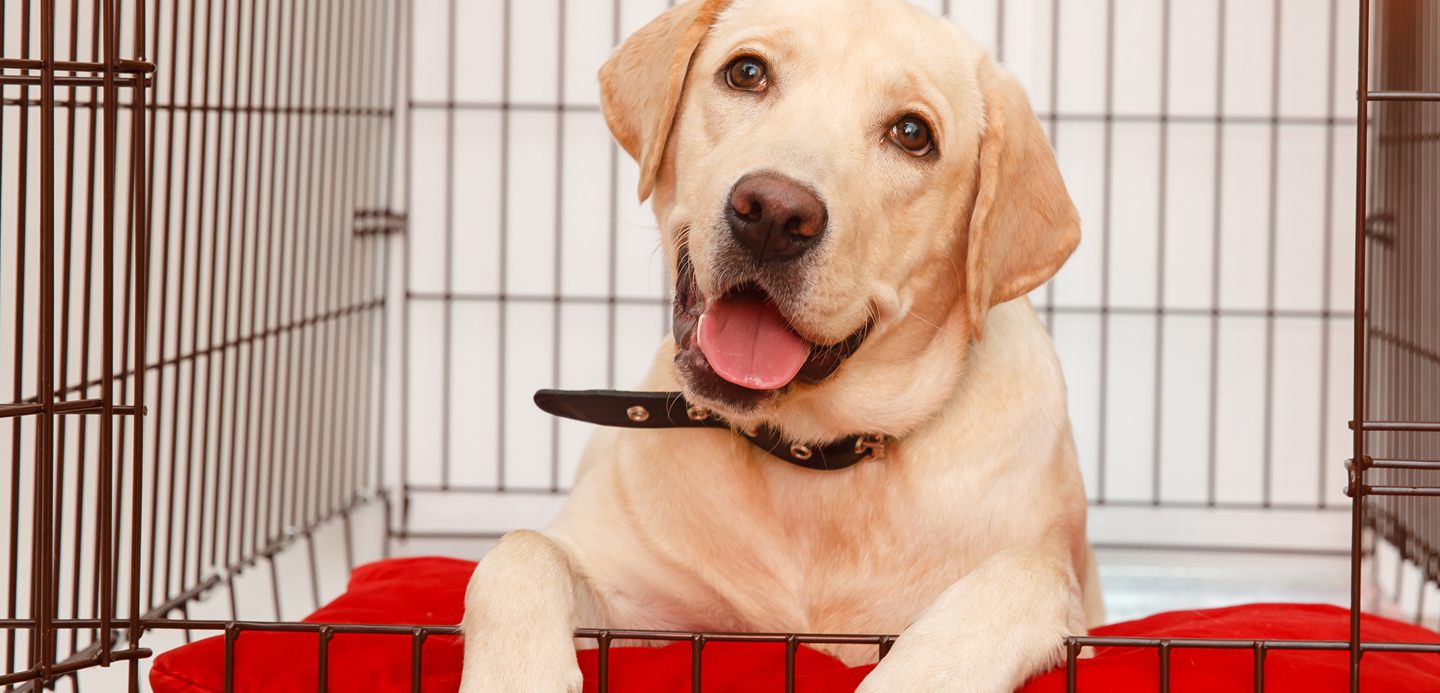
You should have a separate crate for the new dog if your existing dog is still using one. If not, you just need one for the new dog. Even if the new dog is mature, I strongly recommend establishing your leadership over him using a crate. This is a highly effective technique that also shows the existing dog that he is not losing his position in the pack (your family). If the new dog is one year or younger, I would consider using the crate until he turns two. However, if he is older, six to seven months should be enough.
Handling aggressive behavior
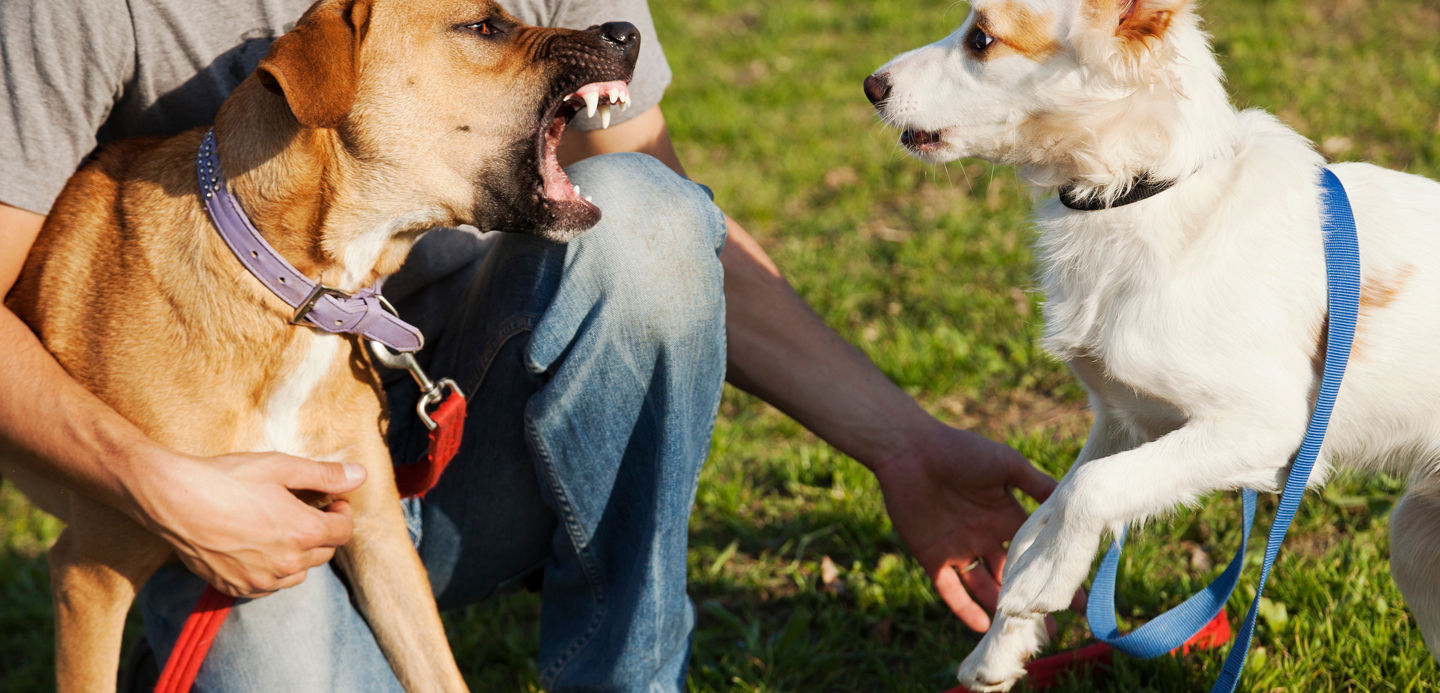
Growling or showing teeth are ways dogs communicate their discomfort or unhappiness. Instead of reprimanding your dog for such behavior, you need to understand that they are setting boundaries. It’s crucial to monitor these interactions closely to ensure that it doesn’t escalate into something more severe. In addition, it is critical not to interfere vocally or correct your existing dog. You are dealing with animal behavior—not human behavior—so you cannot try to force a relationship the same way you would with your kids. If you do, your existing dog will start to display bad behavior. Simply separate them and give them space. Don’t give preferential treatment to either dog.
Power of positive reinforcement
It is very important to show both dogs that you are happy when they behave properly around each other. Lots of positive reinforcement by you will go a long way. Have family and friends come over to see how the dogs behave. And, for the first month, always monitor them when they are together, even when they are playing outside.
Once you can see that they have accepted each other (e.g. they are happy and playful together), that is when you must let them be and develop their relationship on their own terms. Even if you see some “bumpier” interactions between them, make sure you don’t get involved. They need to deal with their own moods themselves. In other words:
- If you interact with them, they will stop only because you have become involved.
- That will not change the underlying issue between them if they have one.
- Let them solve their minor disputes together.
Long-term adjustments
The first few weeks are vital in establishing a harmonious relationship between your new and existing dogs. Stick to your regular routine as much as possible and feed the dogs in separate rooms to avoid any food aggression. Supervise their interactions and reward good behavior with treats and affection.
Introducing a puppy to an older dog
If you are introducing a new puppy to your dog, my recommendations are the same. Puppies bring extra energy to the room that may upset your existing dog. So be more aware of the time they spend together at first. Do not assume that simply because your dog is a female she will accept the new puppy with a motherly instinct—it does not work like that. Socializing your puppy with your existing dog is an absolute must as well as when she is alone with you at the hardware store or pet shop. Home Depot is my favorite spot for doing this because there are a lot of people and noises that your puppy must get used to.
Both mature dogs and puppies that you introduce to your dog will eventually establish their position between them. Again, this is something that you cannot control. Instead, you must let them do this together. It is important that the two dogs remain at the bottom of the pack. If you are a family of four, your dog and the new dog must be numbers five and six (or six and five) in the pecking order, depending on how they work things out together.
Meeting strange dogs
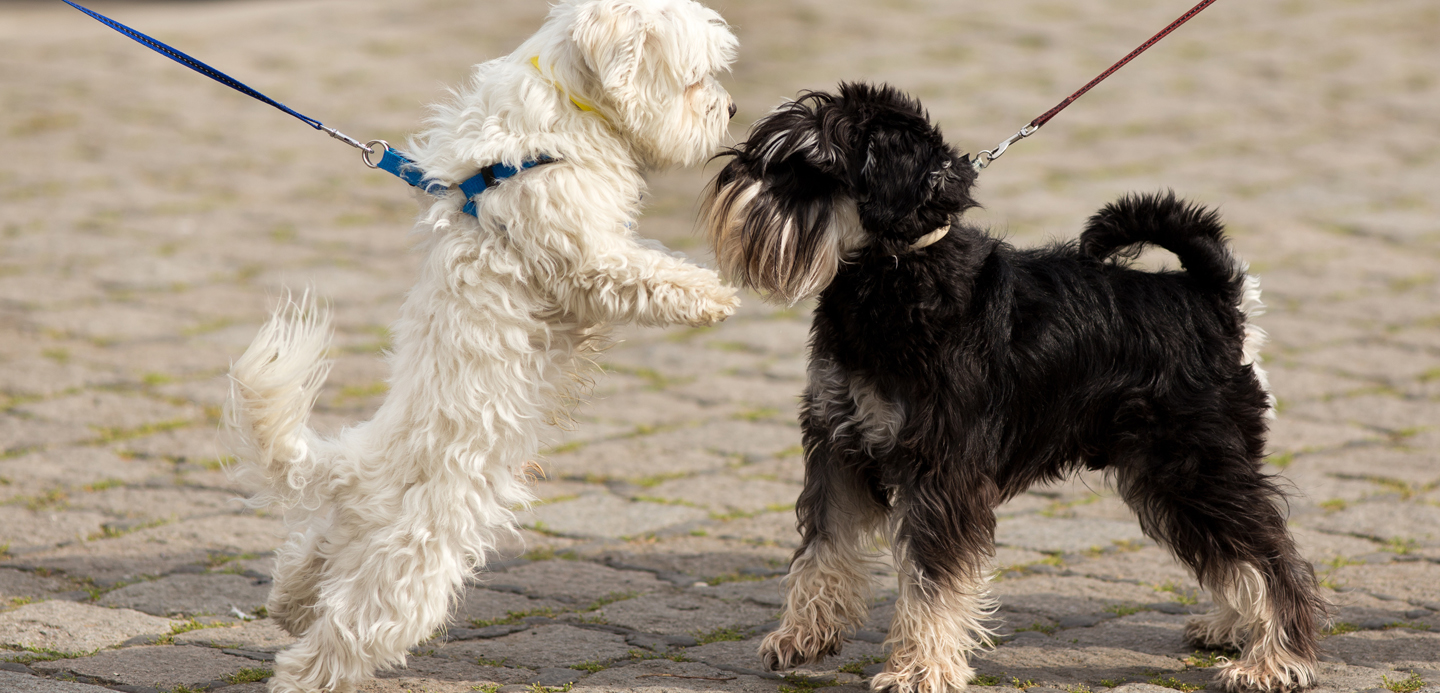
It’s not only about introducing your dogs to each other, but also about how they interact with dogs outside your home. Always ask the other dog owner for permission before allowing your dogs to meet and look out for signs of discomfort or stress in either dog. Knowing when to separate the dogs is key to a successful interaction.
Incorporating the principles of Wolf Methodology into the process of introducing a new dog to your family can make a world of difference. This approach, rooted in understanding the pack dynamics of wolves, emphasizes nonviolent communication and leadership. Just as the alpha wolf leads the pack, you must establish yourself as the leader in your family “pack.” This ensures that both your existing dog and the new addition understand their roles and look to you for guidance. By adopting a demeanor and posture that demonstrates your leadership, you can facilitate a smoother, more harmonious introduction and long-term relationship between your pets. Remember, your family is the pack, and maintaining the correct pecking order is crucial for a stress-free life for everyone involved.

